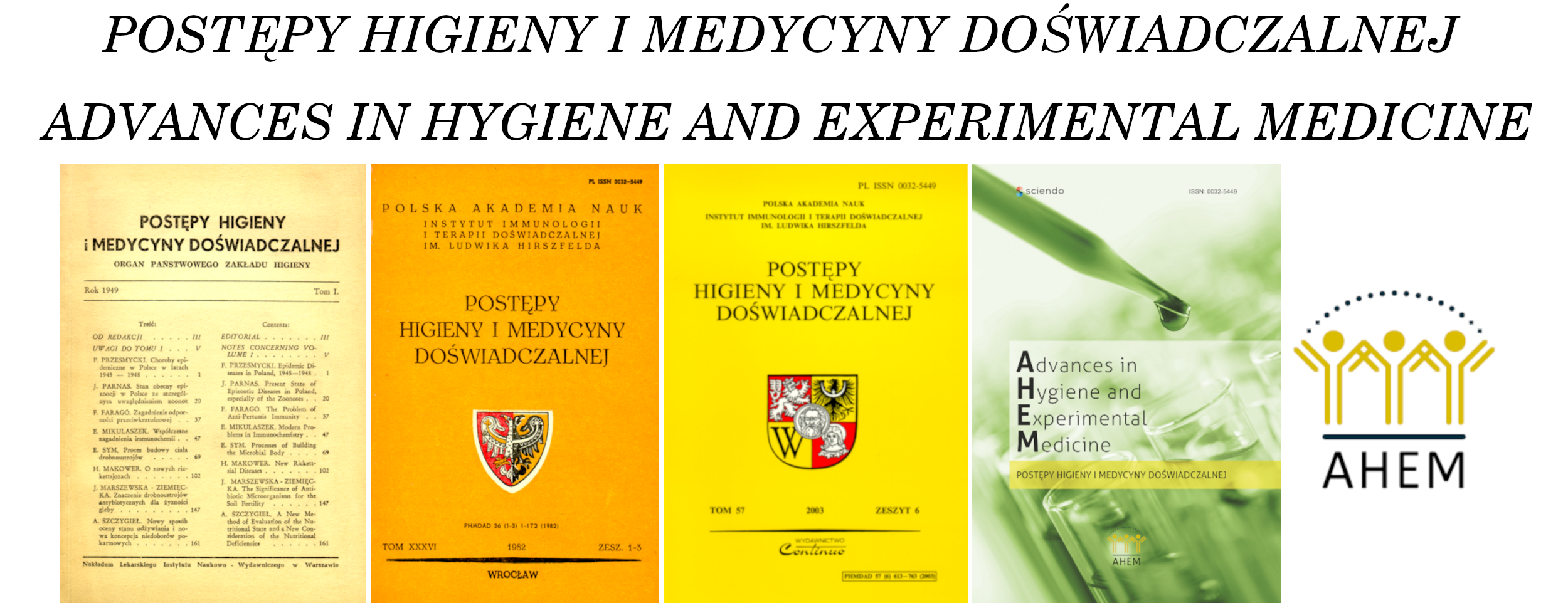Phage-display technology and its application to experimental oncological therapy
Jan Borysowski 1 , Andrzej Górski 1
Abstract
One of the biggest challenges facing modern oncology is that of delivering drugs selectively to cancer cells and tumor endothelial cells. To achieve this goal, one can use peptides binding certain molecules on these cells. The most often used method of creating such peptides is phage display. Peptides obtained from phage display technology can exert anti-cancer effect by inhibiting angiogenesis, decreasing tumor metastatic activity, or inhibiting enzymes important for neoplastic cell spread. They can also be used as components of anti-tumor vaccines or vehicles delivering cytokines, chemotherapeutics, or anti-sense oligonucleotides to tumors. Phage display technology has also enabled the development of anti-cancer recombinant antibodies, most often used as scFv molecules. ScFv-s can be further modified to increase their affinity and avidity. They can also be conjugated with molecules inducing different anti-cancer effector functions.
